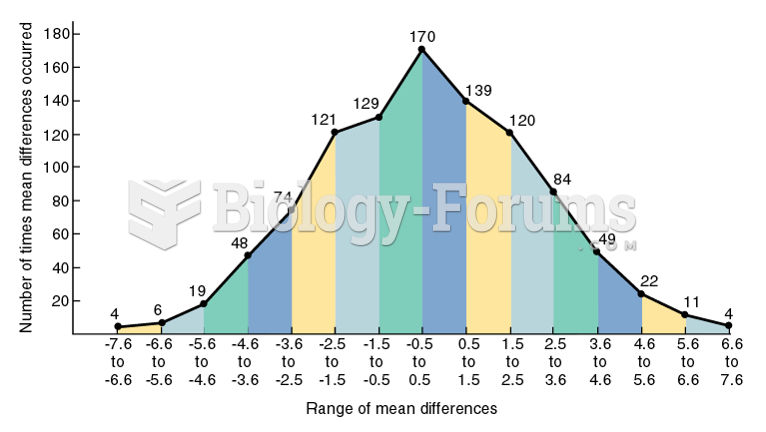|
|
|
The first successful kidney transplant was performed in 1954 and occurred in Boston. A kidney from an identical twin was transplanted into his dying brother's body and was not rejected because it did not appear foreign to his body.
Congestive heart failure is a serious disorder that carries a reduced life expectancy. Heart failure is usually a chronic illness, and it may worsen with infection or other physical stressors.
Bacteria have flourished on the earth for over three billion years. They were the first life forms on the planet.
The first oncogene was discovered in 1970 and was termed SRC (pronounced "SARK").
For pediatric patients, intravenous fluids are the most commonly cited products involved in medication errors that are reported to the USP.







